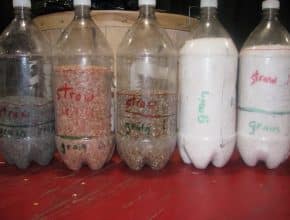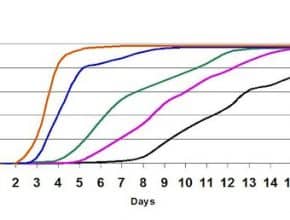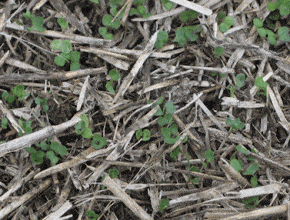DNA for the organism that causes clubroot was detected in soils from two Manitoba fields, and a brassica plant grown in these soils in the lab exhibited clubroot symptoms. Growers and agronomists in all regions are encouraged to scout for the disease more closely in 2013, but don’t panic. We have many more clubroot management tools, including resistant varieties, sanitation…
March 6, 2013 - Issue 3
-
-
Give the brand new online Canola Diagnostic Tool a pre-season test drive at www.canoladiagnostictool.ca. Start with a problem scenario that you encountered in a canola field in 2012, and work through the tool to see what potential causes it provides. Read the cause descriptions and “ways to confirm” to determine which cause is most likely…
-
-
On average, only 40-60% of canola seeds put in the ground actually survives to become plants. To improve this rate and get more from the seed investment, seed shallow and at the same depth row to row, slow down to improve seed placement, limit seed-placed fertilizer, penetrate trash, leave a firm seedbed, and pack appropriately…
-
Cereals offer a wide range of pre-seed herbicide options to get rid of canola volunteers, which may be plentiful this spring after the wind losses last fall. Volunteer canola competes with the crop for nutrients and water and sunlight, and also act a bridge for blackleg, clubroot, seedling diseases and insects, reducing the effectiveness of crop rotation…
-
Agronomy articles in the March Canola Digest look at early season Diagnostic Dilemmas and tips to control canola volunteers with stacked herbicide tolerance (HT) traits…




